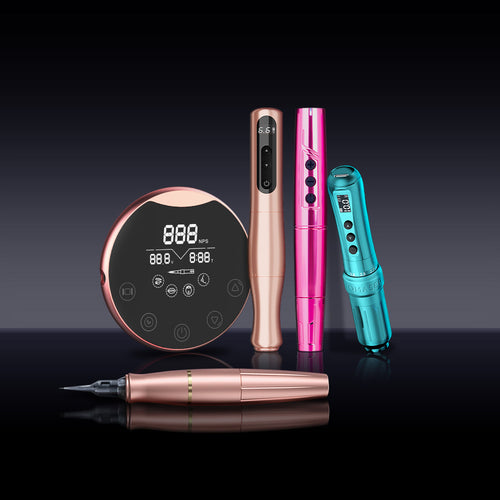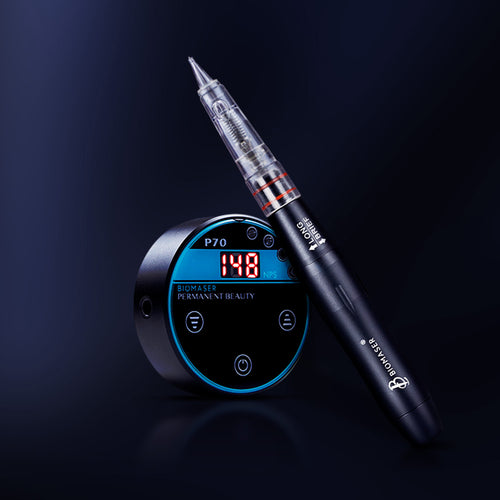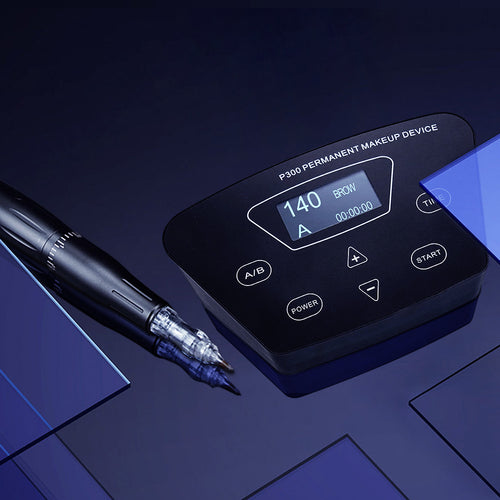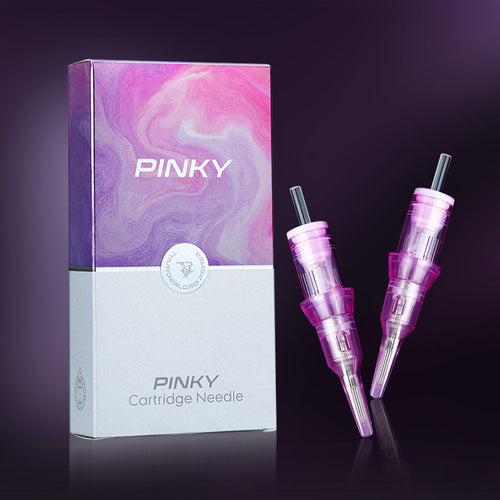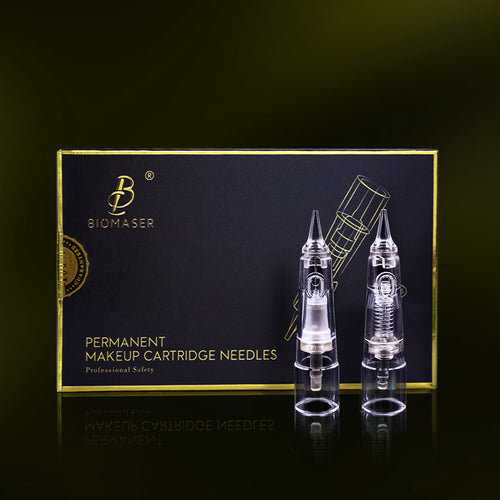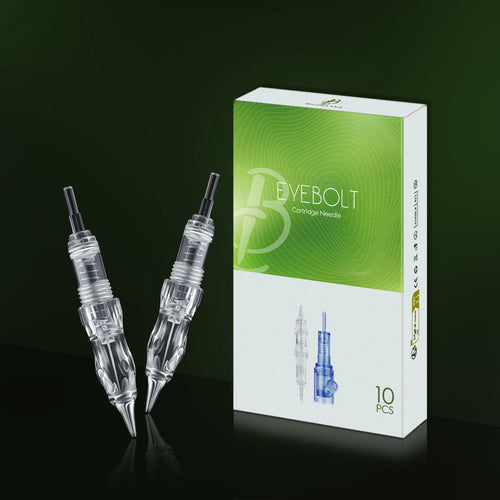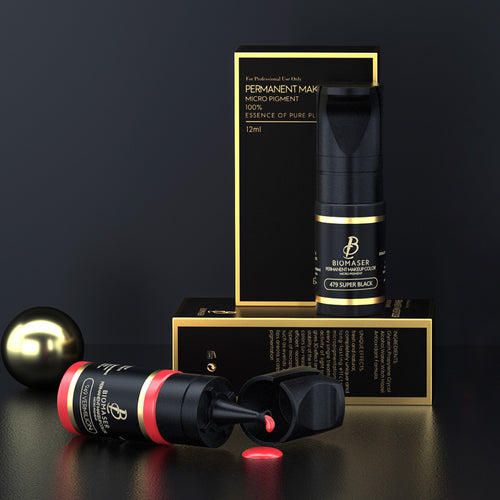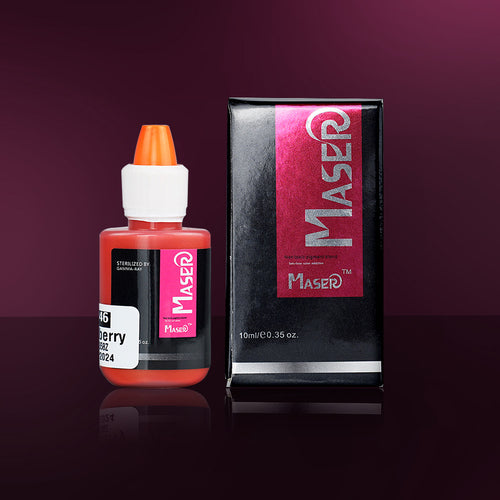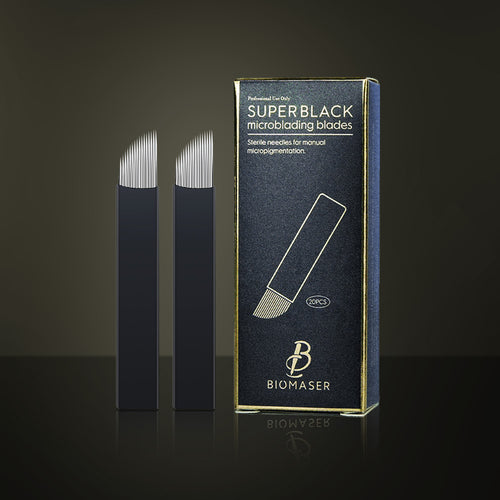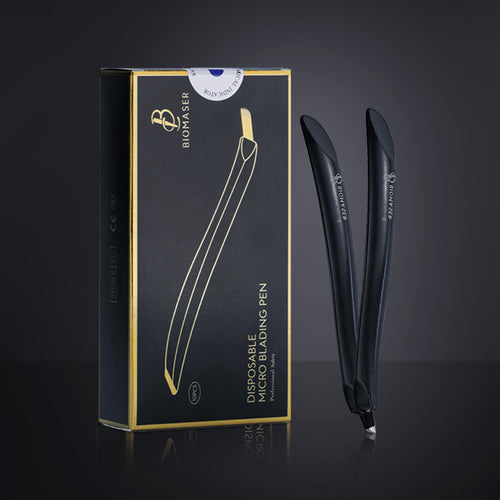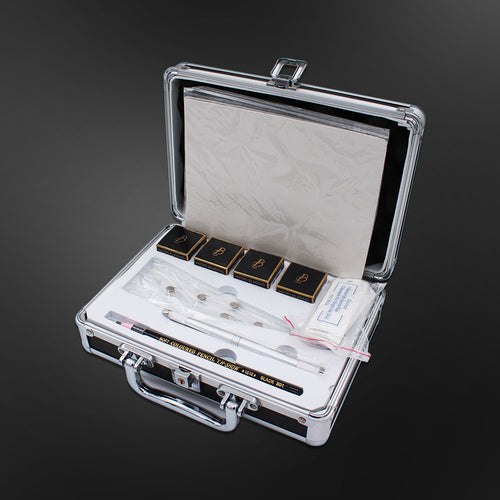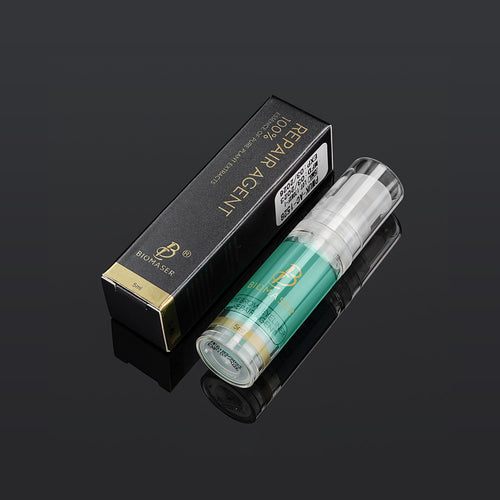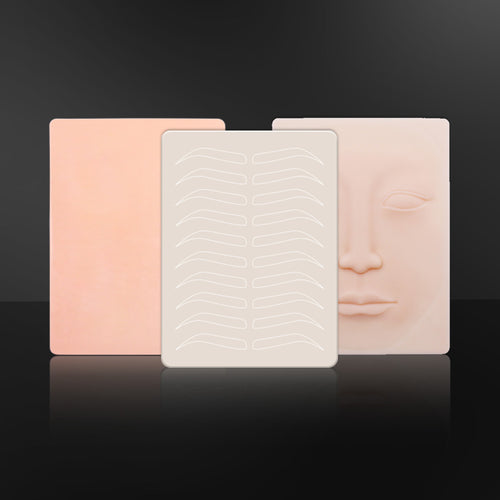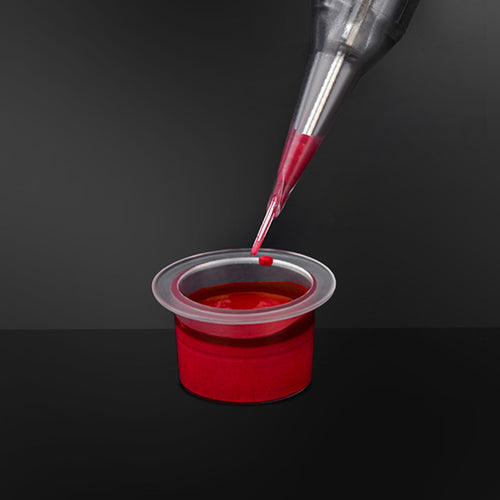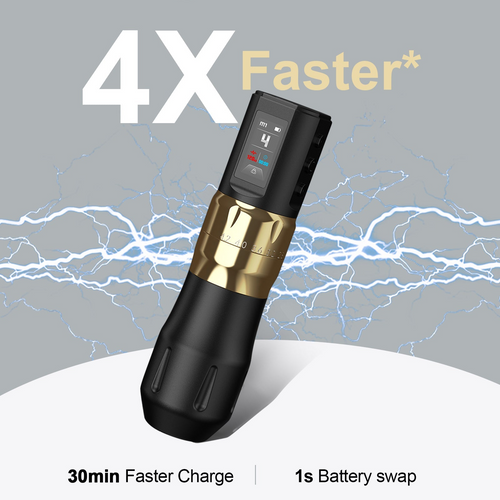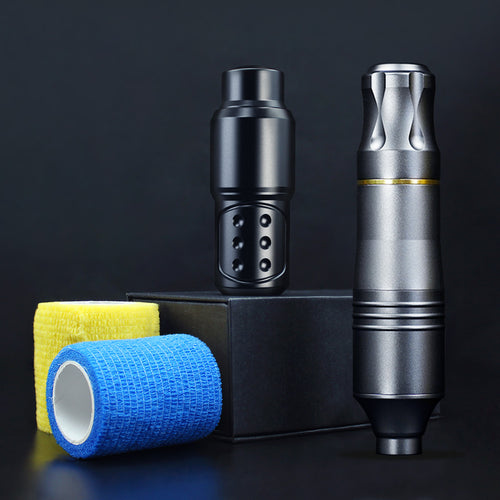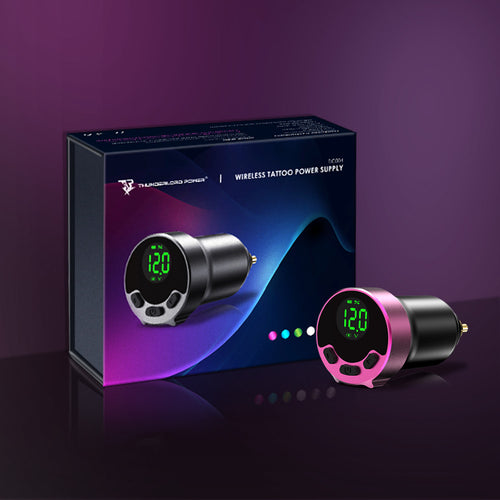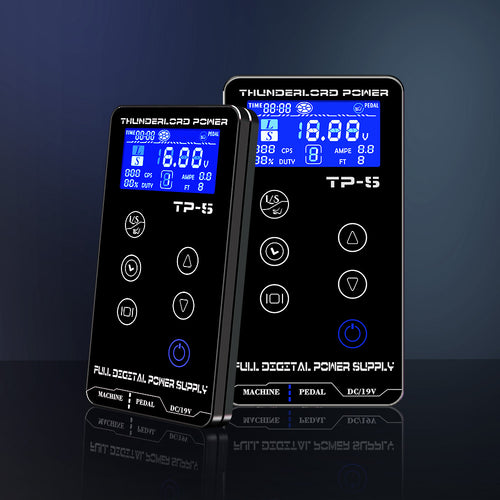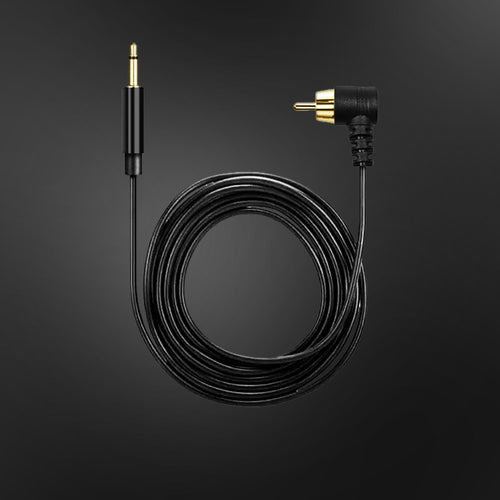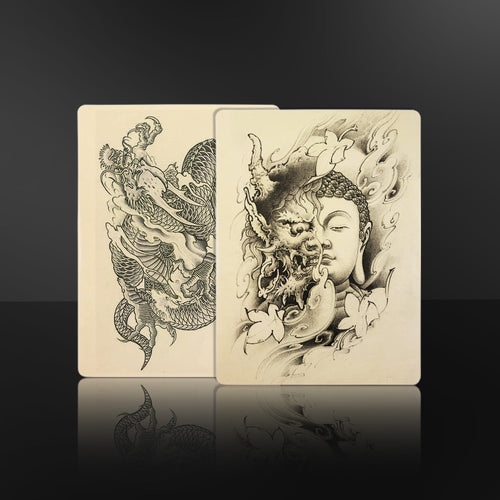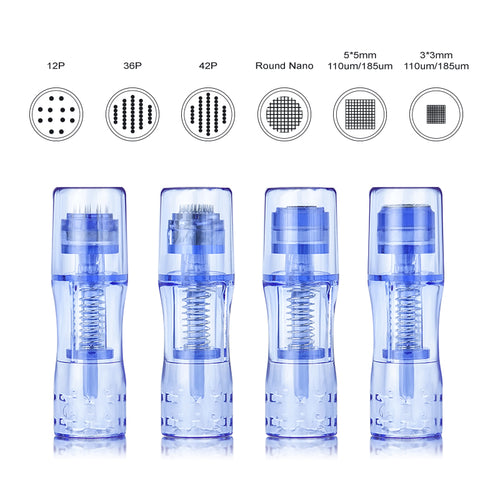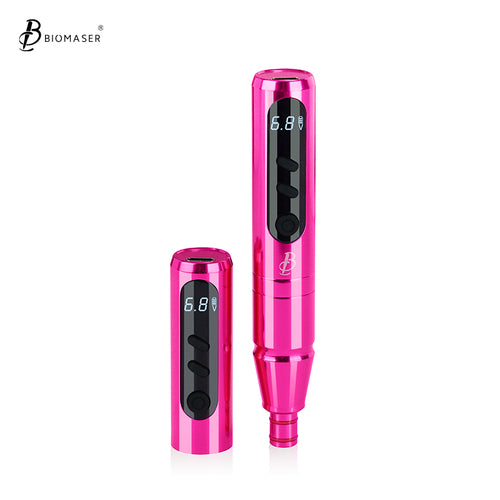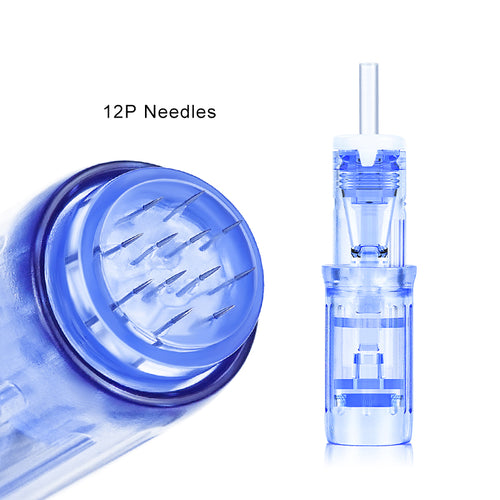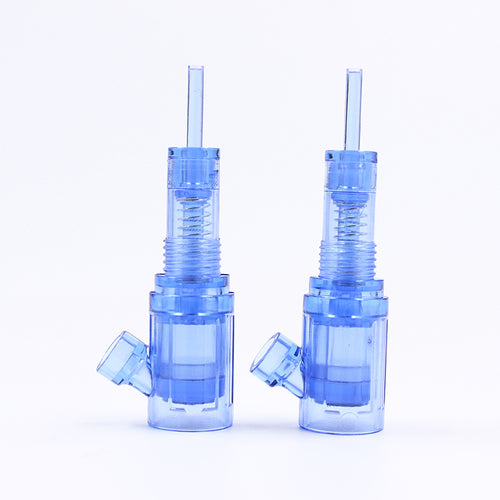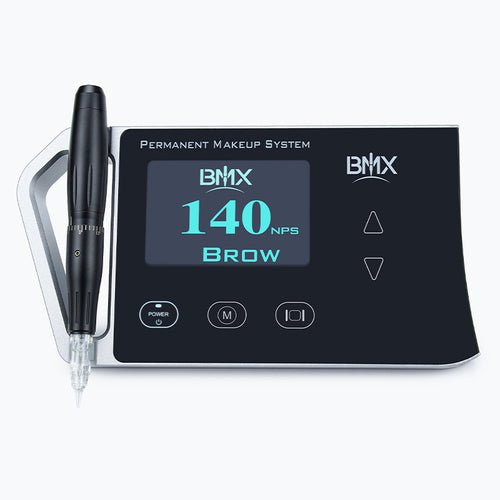From Sketch to Skin: How Tattoo Needles Bring Art to Life
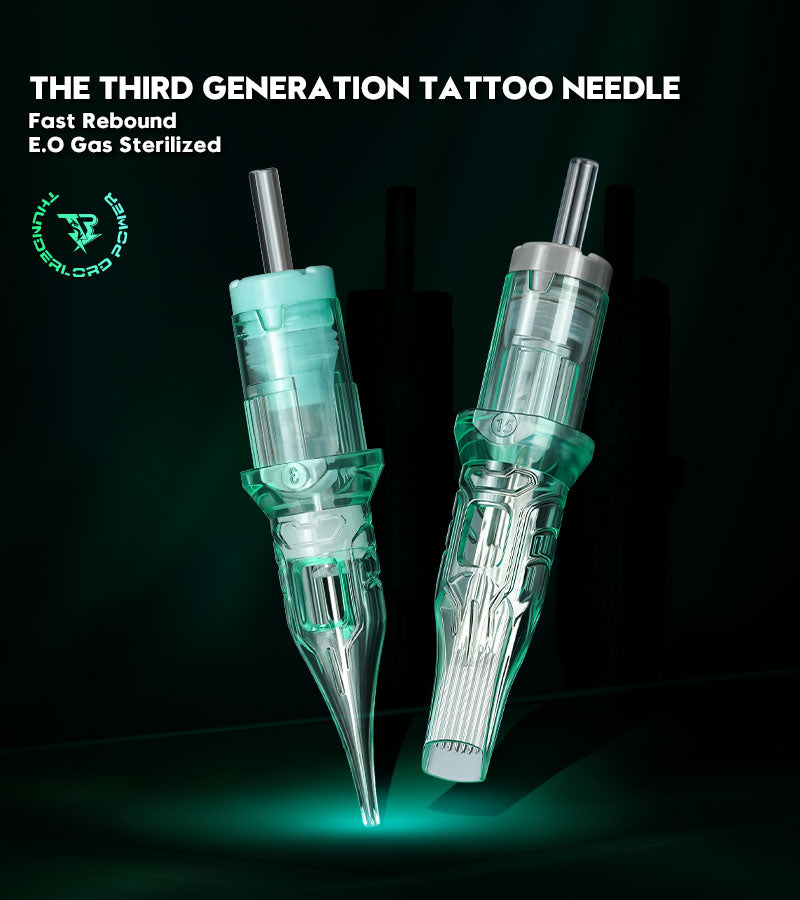
Since the dawn of tattooing, needles have been the conduit between mind and body, the harbingers that etch our deepest beliefs into flesh. Without these fine-tipped tools, the visions birthed in artists' minds would remain trapped on paper, never to ride on skin's canvas. Join me as we delve into the anatomy, selection, and care of these magical implements that make the impossible possible - allowing ink to transform from abstract concepts into concrete, living art.
The Anatomy of Tattoo Needles - The Engineering of Tattoo Needles
Modern tattooing needles are marvels of engineering, fine-tuned for exacting work requiring precision, control, and reliability. While in ancient times, needles were hand-carved from bone, glass, and bamboo, today's versions showcase state-of-the-art metallurgy and manufacturing techniques.
When creating tattoo needles, manufacturers focus on several key design elements:
Material Flexibility: Needles must have enough springiness and flexibility to respond to hand pressure and skin movement without breaking. Surgical-grade metals like stainless steel offer the perfect balance.
Point Sharpness: The tip must taper to a super fine point to pierce the skin cleanly and deposit ink accurately in the dermal layer.
Diameter and Length: Needles come in a range of diameters from slim 0.12mm liners to thick 0.55mm magnum shaders. Lengths also vary from 25mm fingernails to 75mm pencils.
Tip Shape: Round, flat, curved, and tapered point shapes create different ink saturation effects. Some needles combine shapes in one tip.
Needle Groupings: Multiple needles can be soldered together into grouped tips. More needles in one tip allow more ink flow.
By carefully controlling these design factors, needle makers allow tattoo artists to have the tools they need to bring precision, personality, and creativity to their living canvases.
Tattoo Machine Techniques - The Power That Brings Needles to Life
Tattoo machines are the powerhouses that manipulate needles to impart ink into the skin with artistic precision. Two primary types work in different ways:
Coil Machines
Coil machines utilize electromagnetic coils to drive the needle up and down rapidly. The number of coil wraps impacts the machine's power and speed. These machines create a characteristic buzzing sound during operation. They require more maintenance than rotary machines.
Rotary Machines
Rotary machines rely on an electric motor and drive shaft to propel the needle in a smooth circular motion. This creates quieter, gentler needle movement compared to coil machines. Rotary tattoo machines also tend to be lighter than coil machines and need less frequent maintenance.
Critical Factors in Tattoo Machines
When selecting a tattoo machine, adjustable speed settings allow the artist to control the rate of needle impacts. Faster speeds work well for tattoo outlines, while slower speeds allow for delicate shading work. The stroke depth also varies among machines, with some allowing longer strokes to deposit more ink for vivid saturation.
Another key factor is the machine's grip design. Since tattoo sessions can last several hours, a comfortable non-slip grip enables the artist to maintain precision and control without hand fatigue. Many machines also come with a foot pedal to allow convenient hands-free operation.
Choosing and tuning the right machine enables artists to bring needles to life in precisely the ways needed to create their desired tattoos. It's both art and technology synthesized.

Needle Types - Give the Artist Choices
Tattoo artists have various needle types to choose from, and each creates different artistic effects.
- Liner needles feature round tips for outline work and thin, delicate lines. Their slim diameter allows for precision.
- Shader needles have flat tips that broadly disperse ink to fill and color larger areas. Their wide face saturates the skin efficiently.
- Magnum needles offer additional long tips and large diameters to cover expansive areas for extra large-scale work like back pieces or full sleeves. Their substantial tip sizes deposit more ink.
- Curved needles have tapered round points to help artists achieve contours and shading gradients. Their bend allows for versatility.
Needle selection also considers variables like skin type, tattoo location, and desired artistic style. Certain inks also pair better with particular needle configurations. And each artist has their own preferences and techniques that inform their choices.
With a diverse array of needle types to choose from, artists can select the right tools for each vision and bring a wide range of artistic styles to life.
Choosing the Right Needle for Each Tattoo
Choosing the optimal needles for a tattoo requires assessing many factors:
Skin type: The client's skin type - more elastic or tougher- will interact with needles differently. Tattoo location also changes skin thickness and sensitivity. Artists select needles accordingly.
Design of the needle: The design's scale and level of detail must also be considered. Tiny details require thinner liner needles, while large-scale pieces may need magnum needle groups.
Configuration: The artist experiments with different needle configurations on practice skins to best achieve their artistic vision. Groupings with more needles provide more ink saturation.
Machine voltage and power: Needles must be matched to machine voltage and power. Trying different combinations allows the artist to tune the tool's responsiveness.
It often takes trying a variety of needle types, brands, groupings, and machine pairings on practice pieces before settling on the right tools to bring each unique tattoo design to life. It is a process of trial and artistic experimentation.
By assessing these factors, artists thoughtfully choose and calibrate needle and machine combinations that will allow their creative visions to materialize most accurately on a client's skin.
Caring For Needles Extends Their Life
Properly cleaning and sterilizing tattoo needles after each use is essential to extend the life of the tools and prevent contamination.
- Thorough cleaning involves fully removing all residual ink and blood and washing the needles with mild anti-bacterial soap and warm water. This preps them for the next sterilization step.
- Effective sterilization requires using an autoclave machine or glass bead sterilizer according to the manufacturer's instructions. This ensures any remaining microbes are eliminated before the next use.
- Proper needle storage means keeping them in sealed, sterilized pouches or containers away from moisture, temperature extremes, and possible contaminants. Do not use if packaging is compromised.
- Responsible needle disposal requires placing used needles into approved sharps containers. Reusing tattoo needles is unsafe due to infection risks. Disposal laws vary regionally.
With appropriate cleaning procedures, sterilization, careful storage, and responsible disposal - tattoo artists can enjoy the full lifespan of their high-quality needles. This saves money while protecting clients.
Conclusion
Without needles, tattoos would be abstract pictures - trapped eternally on paper instead of vibrantly emerging on skin. These metal-tipped tools make the impossible possible, the imagined real. Tattoo needles are the conduits that guide ink below our surface and manifest hidden fantasies. Our most intimate beliefs made flesh start and finish at the tip.
